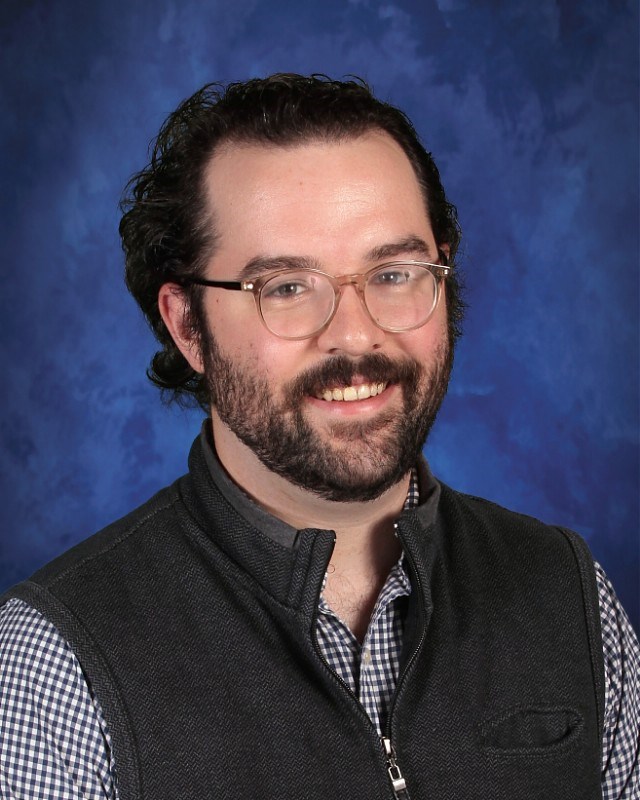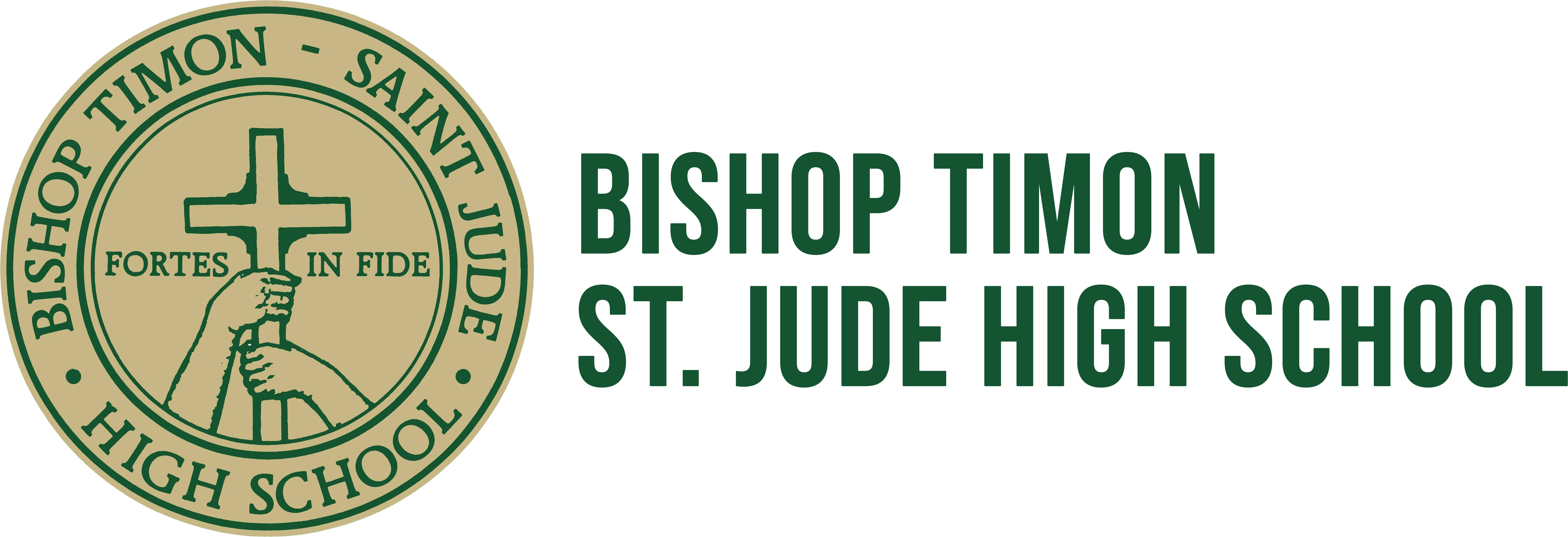
STEAM – Science, Technology, Engineering, Arts and Math
E-Sports Lab & Lounge
Bishop Timon partnered with the National E-Sports Association to provide curriculum utilizing video games, where students learn enterprise, entrepreneurship, and leadership.
Each student builds an entire community using the game Minecraft -
Crosscutting concepts have application across all domains of science. As such, they are a way of linking the different domains of science. These are basic scientific concepts independent of specific content. 1. Patterns 2. Cause and Effect 3. Systems and System Models 4. Structure 5. Function 6. Stability and Change 7. Scale, Proportion, and Quantity 8. Energy and Matter Three-Dimensional Learning: 1. Disciplinary core ideas (DCI - content) 2. Scientific and engineering practices (SEP) 3. Cross-cutting concepts (CCC) • Science concepts build across K-12 • Focus on a smaller set of Disciplinary Core Ideas (DCI - content) • Science and engineering integrated into science education (SEP) • New standards coordinate with English language arts and Mathematics standards Planning and Carrying out Investigations Using Mathematics Obtaining, Evaluating, and Communicating Information Engaging in Argument from Evidence
Woz ED Drone Program
Bishop Timon is now the only Private High School in New York State offering the Woz ED Drone Program. Steve Wozniak, one of the Co-Founders of Apple Products, has now turned his creativity towards Education creating Woz Ed.
This model incorporates the engineering process in the classroom thus accelerating the path to employment for students who choose drones as a career. Woz ED has developed personalized learning programs so that learners can enroll, learn, master, get out into the workplace faster, and start a career in high tech.
The Association for Unmanned Vehicle Systems International, projected more than 100,000 new jobs in unmanned aircraft by 2025. That is just 4 short years, our incoming Freshmen will have these skills to add to their college and job applications.
In the Qualified for Flight program, offered here at Timon, students will gain valuable experience in piloting small aerial vehicles. At the end of the course, students will gain hands-on experience piloting and spotting for drone missions.
The next level offered will be Certified for Flight. During this module students will be exposed to a variety of tasks and knowledge building activities that will grow their confidence and prepare them to pass the Part 107 Drone Pilot License exam. By the end of this course students will be versed in how to build and repair a drone, read Aeronautical Charts, and conduct flight plans for various situations. This certification will make the students employable as they leave high school.
CAD - Computer Aided Design
Students in higher level math and engineering classes learn to use a CAD – Computer Aided Design – program to design and create detailed engineering of 3D models and/or 2D drawings of physical components. They then can print these components using a 3-D printer.
3-D Printers
These highly technical printers kindle a curiosity about how machines work, how objects fit together, and how the designers, architects, and inventors who build various products have found solutions to a variety of design problems. Used in conjunction with the CAD software, 3-D printers allow our young men to manufacture their own creations.
Instructors


